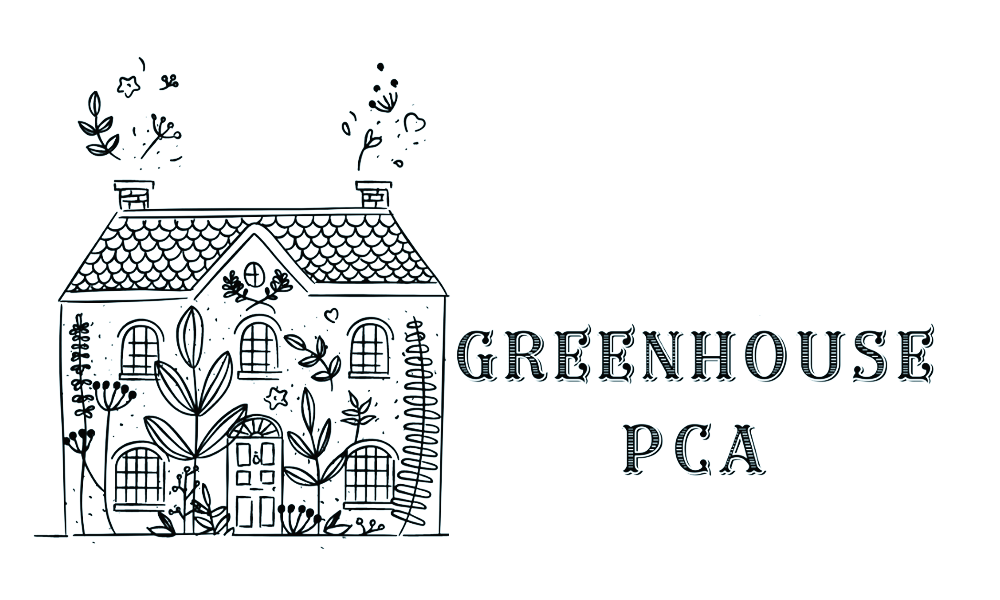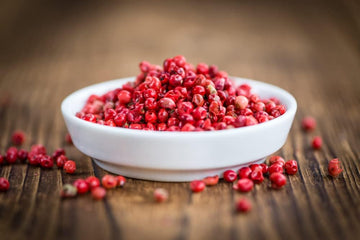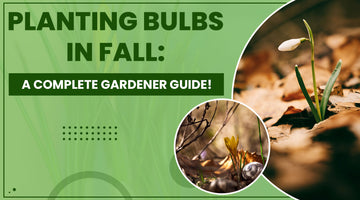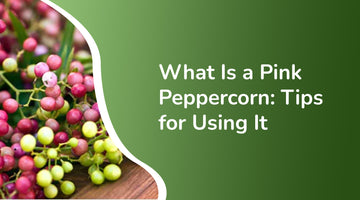Hello,
Now that you know that, let's get to planting!
--------------------------------------------------------------
Planting Jerusalem Artichokes: A Comprehensive Guide for Fall and Winter
Introduction
Jerusalem artichokes, also known as sunroots or sunchokes, are a versatile and easy-to-grow addition to your garden. Whether you're planning to plant them in the fall or winter, this comprehensive guide will walk you through the steps to ensure a successful harvest of these delicious tubers.
Step One: Don't Open the Package
You will notice that your plant-starts have been shipped in a sealed bag along with fresh cedar chips. That environment is what we have found to be the one that allows Jerusalem Artichokes to stay viable for the longest amount of time before being planted.

Sunchokes DO NOT do well when exposed to the open air. If left in the open air, or an open bag, they will begin to soften and die within 1-2 hours. For that reason, we strongly recommend that until you are prepared to plant your tubers, you keep them sealed inside of the bag that they arrived in inside of your refrigerator.
Sunchoke tubers are very hardy once they are planted in the ground, but actually quite delicate before that. Even if they are left in the sealed package that they arrive in, they will only last about two weeks before they start to mold or start to go downhill. Because of this, you should aim to plant them as soon as possible after they arrive.
Step Two: Choosing the Right Location
Jerusalem artichokes thrive in full sun but can tolerate partial shade. The chosen spot should have well-draining soil with good organic content and ample space to accommodate their growth.
Step Three: Preparing the Soil
For both fall and winter planting, soil preparation is key.Begin by removing any weeds, rocks, or debris from the area. Loosen the soil to a depth of about 12 inches and amend it with compost, perlite or well-rotted organic matter to improve drainage and fertility.

My personal favorite pre-mixed soil is Fox Farm: Ocean Forest. It is 100% organic and is often reasonably priced at most hydroponics shops. If you do not have a hydroponic shop in your area, most bagged potting soils that you can find at your local home improvement store will work just fine.
Step Four: Planting Jerusalem Artichokes
- Timing: Plant Jerusalem artichokes in the fall, ideally from late September to early November, depending on your region. This allows the tubers to establish roots before winter.
- Spacing: Space the tubers about 12 to 18 inches apart in rows that are 3 to 4 feet apart. Plant the tubers 2 to 4 inches deep with the eyes facing upward.
- Mulch: After planting, apply a layer of mulch (straw or leaves work well) to insulate the soil and protect the tubers from frost.
- Timing: In winter, plant Jerusalem artichokes when the ground is workable but not frozen. This is typically between late December and early February, depending on your region.
- Spacing: Space the tubers about 12 to 18 inches apart in rows that are 3 to 4 feet apart. Plant the tubers 2 to 4 inches deep with the eyes facing upward.
- Mulch: After planting, apply a layer of mulch to insulate the soil and protect the tubers from frost.
- Timing: Plant in the spring after the last frost date in your area, typically from March to May.
- Spacing: Similar to fall and winter planting, space tubers 12 to 18 inches apart in rows 3 to 4 feet apart, with eyes facing up.
- Mulch: Apply mulch after planting to retain moisture and suppress weeds.
- Timing: Plant in early summer, from June to July.
- Spacing: Follow the same spacing guidelines as for spring planting.
- Mulch: Apply mulch to conserve moisture and protect the tubers from extreme heat.
- Container: Choose a large container with a minimum depth of 18 inches.
- Soil: Use a well-draining potting mix.
- Spacing: Plant a few tubers in the container, spacing them evenly.
- Watering: Keep the soil consistently moist but not waterlogged.
Step Five: Watering and Maintenance
Jerusalem artichokes generally require minimal maintenance, but they do need consistent moisture. Keep the soil evenly moist but not waterlogged during both the fall and winter planting seasons. Avoid overwatering, as excessive moisture can lead to rot.
Winter Care
Jerusalem artichokes are hardy and can tolerate cold temperatures, but they benefit from protection during severe winter weather. Consider covering the bed with a layer of frost cloth or straw to shield the plants from extreme cold.
Spring Growth and Maintenance
As spring approaches, new shoots will emerge from the soil. Once they reach about 12 inches in height, add more mulch to help retain moisture and suppress weeds. Keep the area around the plants weed-free to reduce competition for nutrients.
Step Six: Harvesting
Jerusalem artichokes are typically ready for harvest in late summer to early fall.

Wait until the foliage dies back naturally before digging up the tubers. Use a garden fork to gently lift the tubers from the ground, taking care not to damage them.
If you would like more Sunchokes to grow back the next year, simply leave them in the ground. They will have a much better
chance of staying alive underground than they would after harvest. Keep any tubers that you harvest in bag with a few holes poked in it and keep that in the refrigerator. If they are left exposed to the open air, they will soften and go bad quickly.
Conclusion
Whether you choose to plant Jerusalem artichokes in the fall or winter, you can look forward to a bountiful harvest of these versatile and nutritious tubers. By following these guidelines for selecting the right location, preparing the soil, and providing proper care throughout the seasons, you'll be rewarded with a flavorful addition to your culinary endeavors. Happy gardening!
To say thank you for your Jerusalem Artichoke purchase, here is a promo code for 25% off of your entire next order on greenhousepca.com!
M40M5N902XPY




